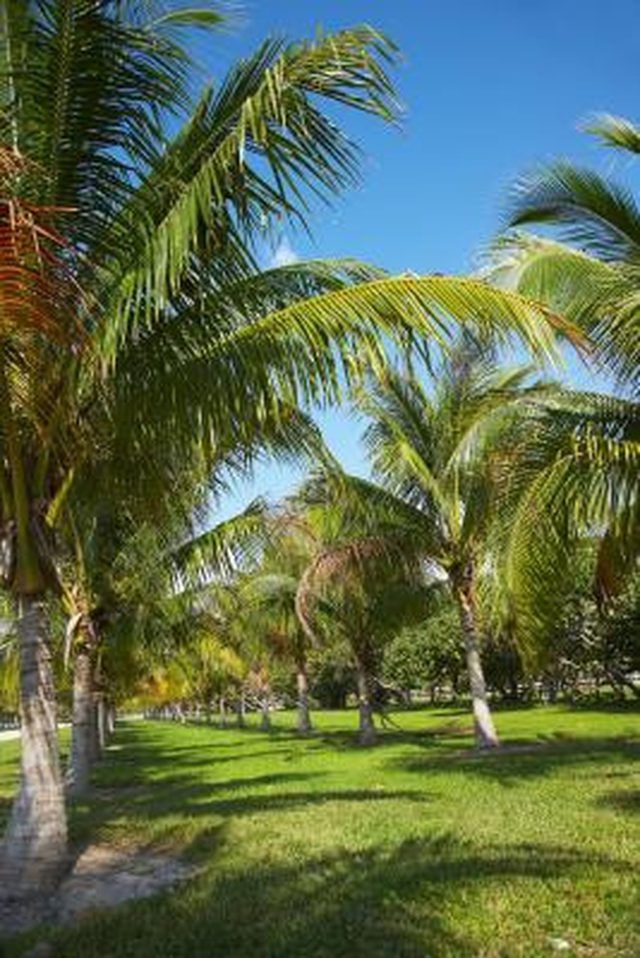Bulbs
Flower Basics
Flower Beds & Specialty Gardens
Flower Garden
Garden Furniture
Garden Gnomes
Garden Seeds
Garden Sheds
Garden Statues
Garden Tools & Supplies
Gardening Basics
Green & Organic
Groundcovers & Vines
Growing Annuals
Growing Basil
Growing Beans
Growing Berries
Growing Blueberries
Growing Cactus
Growing Corn
Growing Cotton
Growing Edibles
Growing Flowers
Growing Garlic
Growing Grapes
Growing Grass
Growing Herbs
Growing Jasmine
Growing Mint
Growing Mushrooms
Orchids
Growing Peanuts
Growing Perennials
Growing Plants
Growing Rosemary
Growing Roses
Growing Strawberries
Growing Sunflowers
Growing Thyme
Growing Tomatoes
Growing Tulips
Growing Vegetables
Herb Basics
Herb Garden
Indoor Growing
Landscaping Basics
Landscaping Patios
Landscaping Plants
Landscaping Shrubs
Landscaping Trees
Landscaping Walks & Pathways
Lawn Basics
Lawn Maintenance
Lawn Mowers
Lawn Ornaments
Lawn Planting
Lawn Tools
Outdoor Growing
Overall Landscape Planning
Pests, Weeds & Problems
Plant Basics
Rock Garden
Rose Garden
Shrubs
Soil
Specialty Gardens
Trees
Vegetable Garden
Yard Maintenance
Will Coconut Trees Grow in California?
Will Coconut Trees Grow in California?. The coconut palm (Cocos nucifera) is thought to be native to tropical regions of the South Pacific and the Malay Archipelago, so its temperature requirements are hot and humid with a year-round, frost-free climate.

The coconut palm (Cocos nucifera) is thought to be native to tropical regions of the South Pacific and the Malay Archipelago, so its temperature requirements are hot and humid with a year-round, frost-free climate.
Requirements
The coconut palm can only be planted in United States Department of Agriculture Plant Hardiness Zones 10b and 11, which are tropical and subtropical regions of the United States where the temperature does not regularly dip below 35 degrees. According to the USDA Plants Database website, coconut palms need 365 days per year of frost-free climate, and will suffer if temperatures hit below 18 degree.
California's USDA Hardiness Zones
According to the website Digitalseed.com, California's USDA Plant Hardiness Zones range from 5a to 11. The only regions of California that will support the coconut palm are along the southwestern coast, where temperatures remain balmy.
Maturity and Germination Temperatures
For a mature coconut palm to survive, the average temperature should hover around 72 degrees year-round. However, during the first six-month germination period, which may exist indoors in a nursery or greenhouse, the average temperature must range between 90 and 100 degrees.